Since its inception, photography has been perceived as a medium that captures reality in a more accurate and objective manner than other art forms. However, the truth is that photography has never been entirely devoid of manipulation and staging. From its earliest days, photographers have employed a variety of techniques to alter their images, creating photographs that are not direct reflections of reality.
The recent controversy surrounding Boris Eldagsen’s AI-generated winning entry, Pseudomnesia: The Electrician, in the Sony World Photography Award has reignited the debate about the authenticity and integrity of photography.
Throughout history, staged and manipulated photographs have challenged traditional notions of photography, shaping our understanding of the art form. This article explores the complex history of these practices, shedding light on the evolving definition of photography and its relationship with reality.
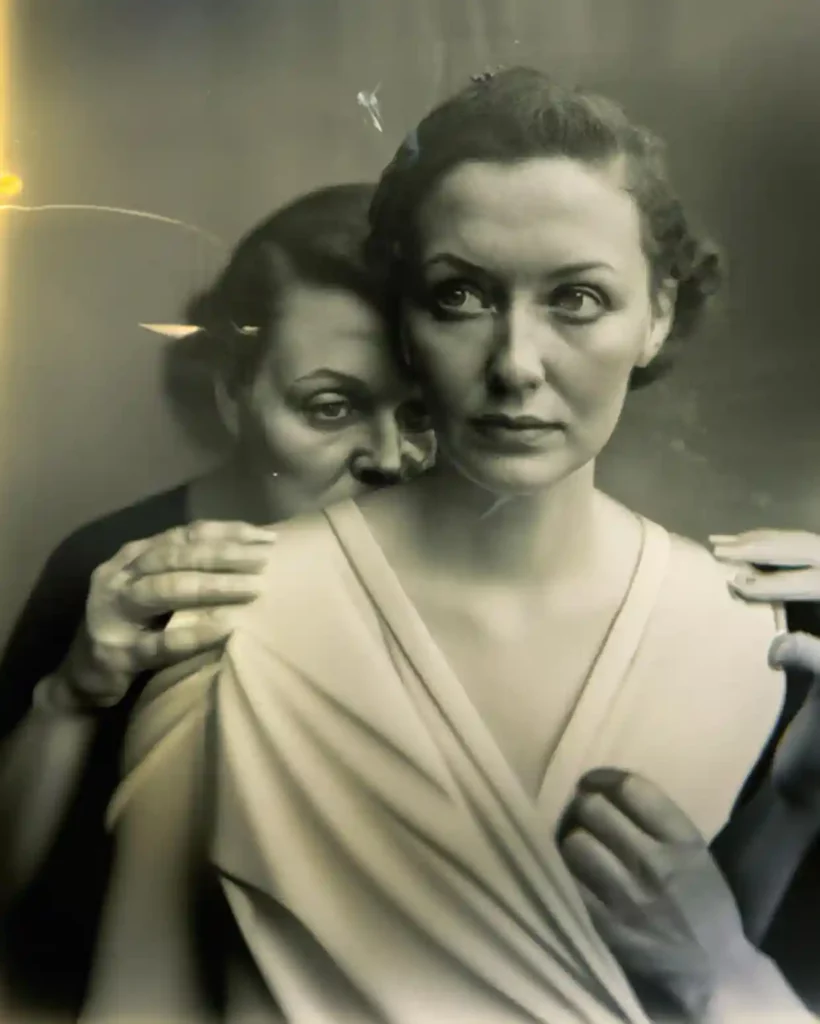
Top 10 Fake Photographs
“Raising the Flag on Iwo Jima” (1945) by Joe Rosenthal
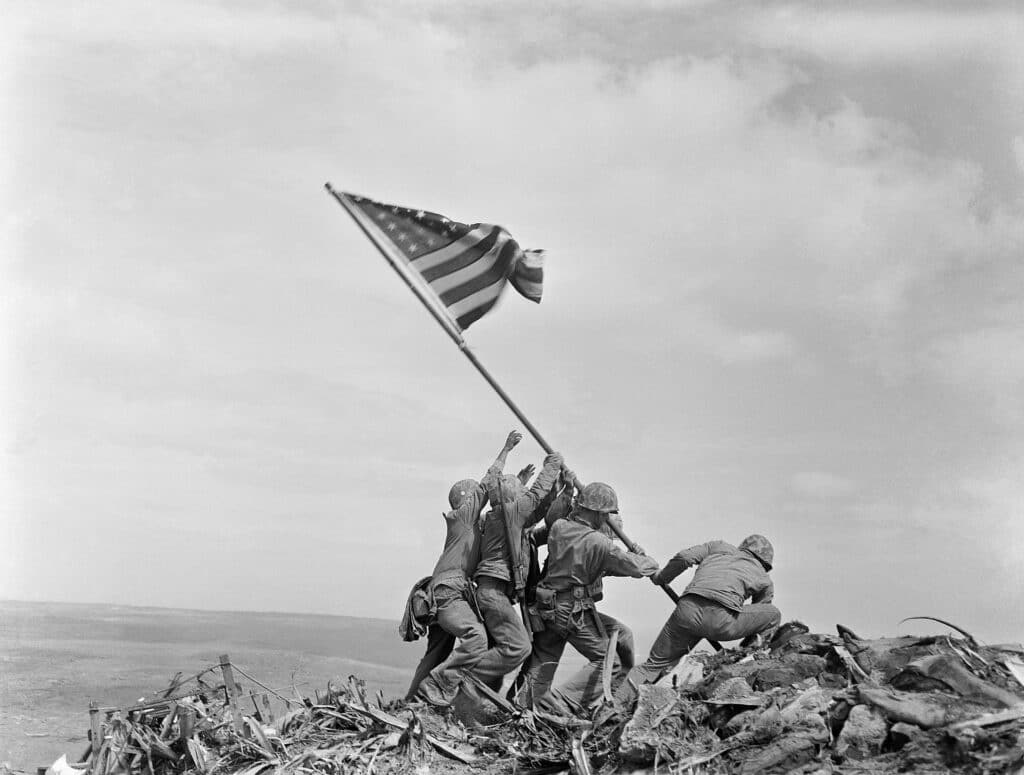
This iconic photo of U.S. Marines raising the American flag during the Battle of Iwo Jima became a symbol of American heroism, even though it was a reenactment of the original flag-raising.
In actuality, Rosenthal was documenting the second flag-raising event on Mount Suribachi. The first flag had been deemed too small, and a larger one was sent to replace it.
As the soldiers worked to secure the new flag, Rosenthal captured the moment in his photograph, which later became a symbol of American triumph.
Although not a deliberate staging by the photographer, the image does not depict the original flag-raising, thus presenting an altered narrative of the event. This nuanced context raises questions about the authenticity of iconic images and the stories they represent.
“Migrant Mother” (1936) by Dorothea Lange
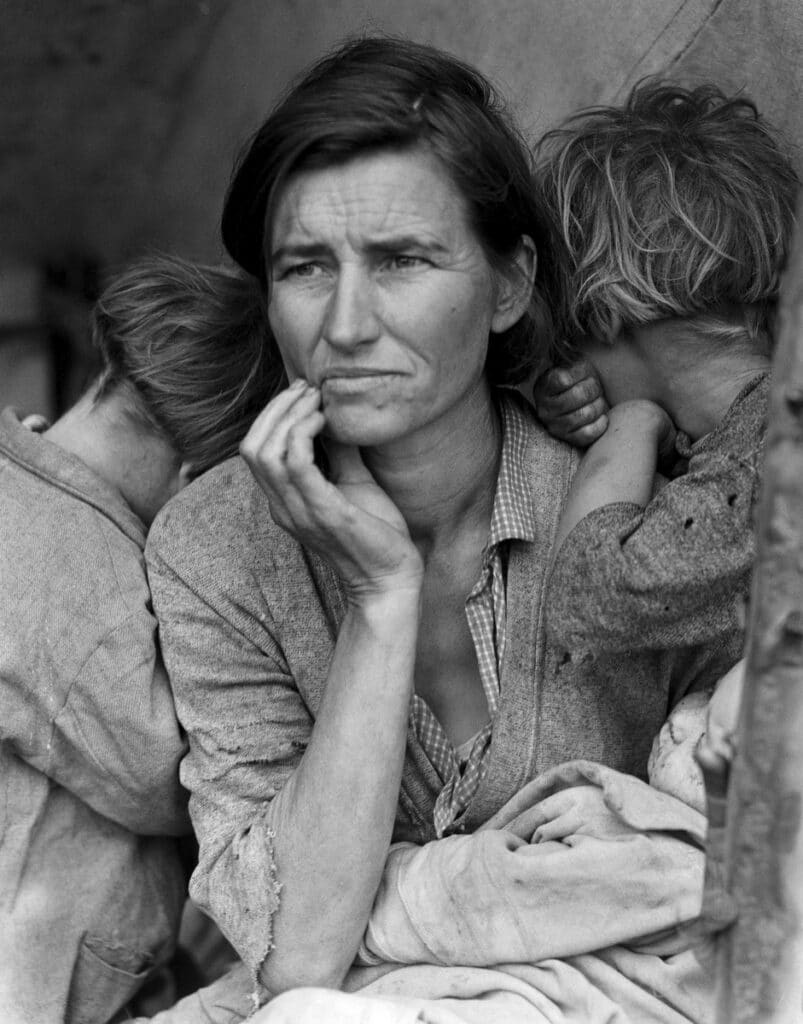
The advent of photojournalism in the early 20th century saw the rise of documentary-style photography that aimed to present an unfiltered view of events and people.
However, even in this era, photographers often staged or manipulated their images to better convey their intended message.
A powerful image from the Great Depression, this photograph was posed to evoke the suffering and resilience of the era’s impoverished families.
However, it has also been revealed as a staged photo.
Lange, seeking to capture the plight of the destitute, encountered Florence Owens Thompson and her children at a pea-pickers camp in California. In an effort to create an image with maximum emotional impact, Lange carefully orchestrated the scene, arranging Thompson and her children into a composition that conveyed vulnerability and despair.
This deliberate manipulation of reality raises questions about the authenticity of the image as a true representation of the hardships faced by migrant workers, and challenges the notion of impartiality in documentary photography.
“V-J Day in Times Square” (1945) by Alfred Eisenstaedt
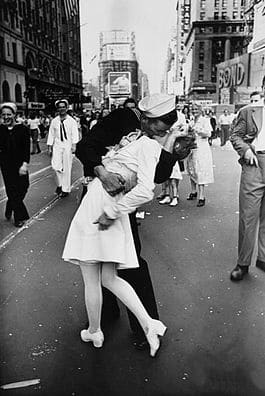
The famous photograph of a sailor kissing a woman in Times Square to celebrate the end of World War II was not a candid moment, but a posed and stylized celebration.
Eisenstaedt himself admitted that, while capturing the jubilant atmosphere, he noticed the sailor kissing multiple women and waited for the right moment to snap the picture. The photo’s composition, with the couple framed by the chaotic background, does evoke a sense of spontaneity, but the photographer’s awareness and intent to capture this particular moment introduces an element of orchestration.
This subtle staging raises questions about the portrayal of historical events and the line between capturing and creating moments in photography.
“The Tetons and the Snake River” (1942) by Ansel Adams
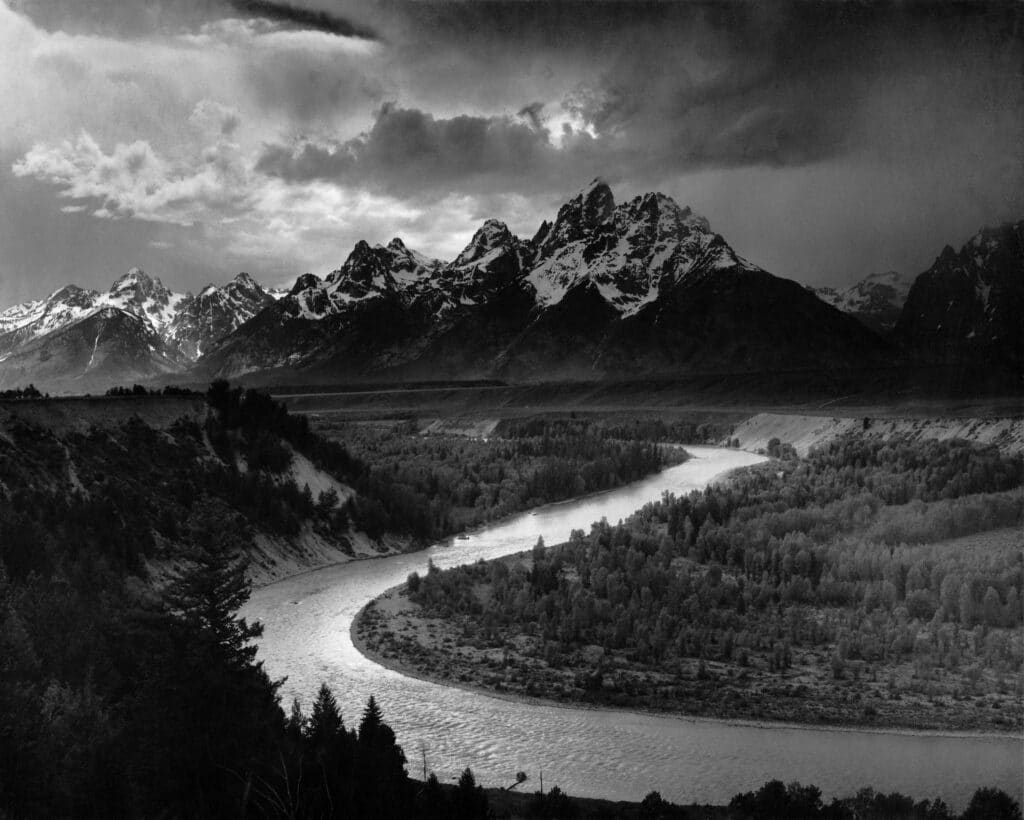
This photograph, part of the “Mural Project,” was carefully composed to showcase the majesty of the American landscape.
Adams, known for his meticulous approach to landscape photography, did not stage the scene in a conventional sense.
However, he did employ techniques to manipulate the final outcome. Utilizing precise camera settings, filters, and later, darkroom processes, Adams enhanced the contrasts, highlights, and shadows to create a more dramatic and evocative image.
While the photograph remains an authentic representation of the natural landscape, Adams’ deliberate adjustments introduce an element of artistic intervention. This interplay between reality and artistry sparks a broader conversation about the boundaries of authenticity in photography.
“Lunch Atop a Skyscraper” (1932) by Charles C. Ebbets
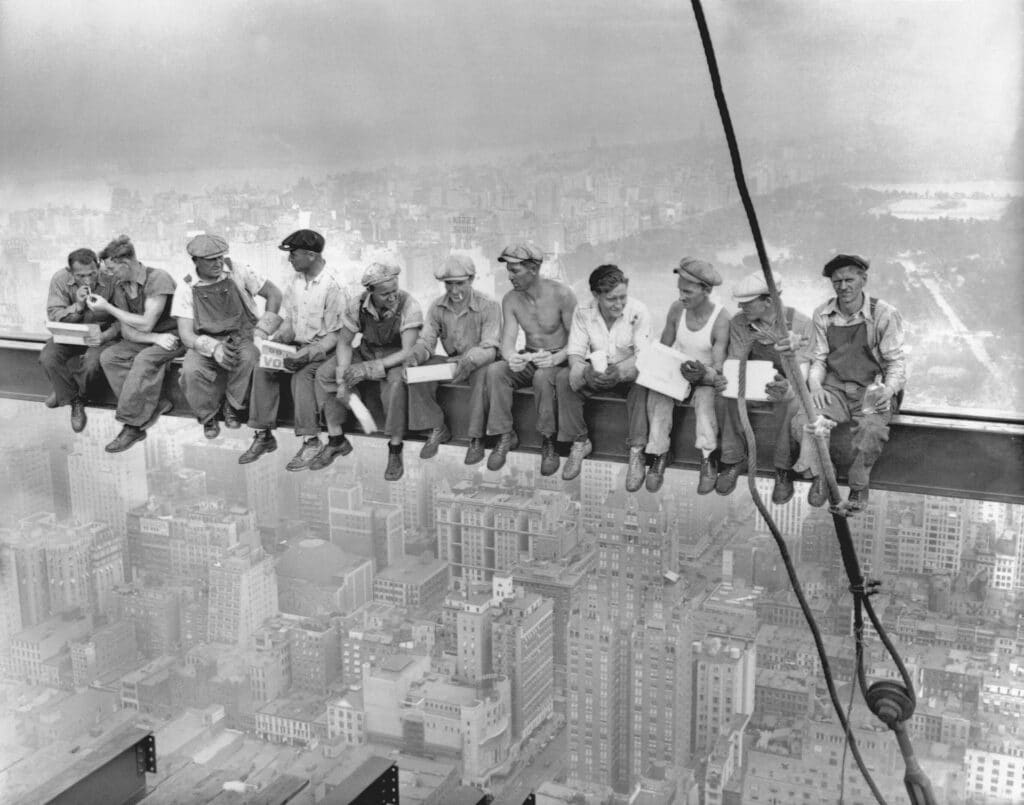
This iconic image of construction workers eating lunch on a beam high above New York City was staged as a publicity stunt to promote the construction of the Rockefeller Center.
However, there are claims that the photograph was staged. While the workers were indeed part of the construction crew for the Rockefeller Center, it is believed that the scene was orchestrated as a publicity stunt to showcase the progress of the building project.
By directing the workers to pose in such a precarious and seemingly casual manner, Ebbets created a powerful image that resonated with audiences. This alleged staging invites a discussion about the intentions behind iconic photographs and the balance between reality and artistic manipulation.
“The Falling Soldier” (1936) by Robert Capa
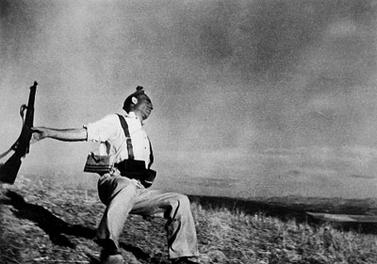
Although it has been debated whether this photograph was staged or not, it remains an influential image of a Republican soldier falling during the Spanish Civil War.
This image has become a symbol of the brutal realities of warfare, but its authenticity has been a subject of debate for decades. Accusations of staging have surrounded the photograph, with some claiming that the soldier was posing for Capa and accidentally slipped, or that the scene was entirely orchestrated as an anti-war statement.
While definitive proof has been elusive, the controversy highlights the complex relationship between photojournalism and the portrayal of historical events. The potential staging of “The Falling Soldier” raises important questions about the ethics of photography and the responsibilities of photojournalists in documenting the truth.
“Soviet Flag over the Reichstag” (1945) by Yevgeny Khaldei
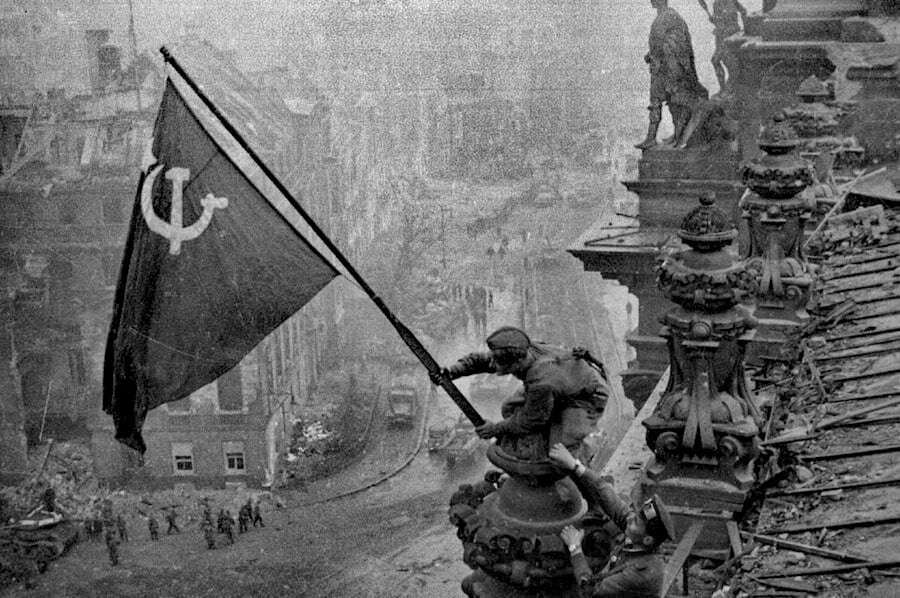
This photograph, depicting a Soviet soldier raising the flag over defeated Nazi Germany, was carefully staged and edited to become a symbol of Soviet victory.
The image portrays a Soviet soldier raising the flag atop the bombed-out Reichstag in Berlin. However, the photograph’s authenticity has been a subject of debate, as it was staged and manipulated for propaganda purposes.
Khaldei, a Soviet military photographer, orchestrated the scene, using a flag sewn by his uncle and choosing the soldiers for the composition.
Furthermore, the original image was retouched to remove elements, such as additional wristwatches that suggested looting, and to enhance the smoke in the background for added drama.
This staging and manipulation underscore the photograph’s propagandistic intent, inviting discussions about the ethical implications of altering images and the role of photography in shaping historical narratives.
“Bliss” (1996) by Charles O’Rear
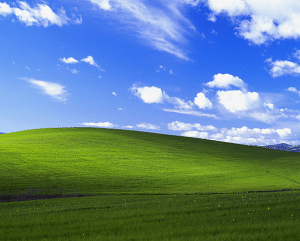
The famous Windows XP desktop background, this image of a verdant hillside and blue sky was staged and digitally enhanced to create an idyllic and tranquil scene.
While the image appears idyllic, it is not a staged photograph in the traditional sense. O’Rear captured the scene while driving through the countryside in Sonoma County, California, and was struck by the natural beauty of the landscape.
However, digital enhancements and alterations were applied to the image to optimize it for use as a wallpaper. The colors were made more vibrant, and the clouds were adjusted to create the desired visual impact. Although not staged, “Bliss” demonstrates the fine line between capturing reality and applying artistic interventions to create an image that resonates with viewers.
The Loch Ness Monster” (1934) by Robert Kenneth Wilson
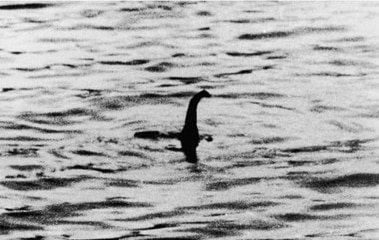
Although later revealed to be a hoax, this staged photograph of a mysterious creature in the waters of Loch Ness captivated the public imagination and fueled the legend of the Loch Ness Monster.
“The Loch Ness Monster” (1934) by Robert Kenneth Wilson, often referred to as the “Surgeon’s Photograph,” is an image that sparked widespread fascination with the mythical creature said to inhabit Scotland’s Loch Ness.
The photograph features a serpentine neck and head emerging from the water, seemingly confirming the existence of the elusive monster. However, the image was later exposed as an elaborate hoax. Meticulously staged, the “monster” was crafted from a toy submarine and sculpted materials, designed to deceive viewers.
“Moon Landing” (1969) by Neil Armstrong
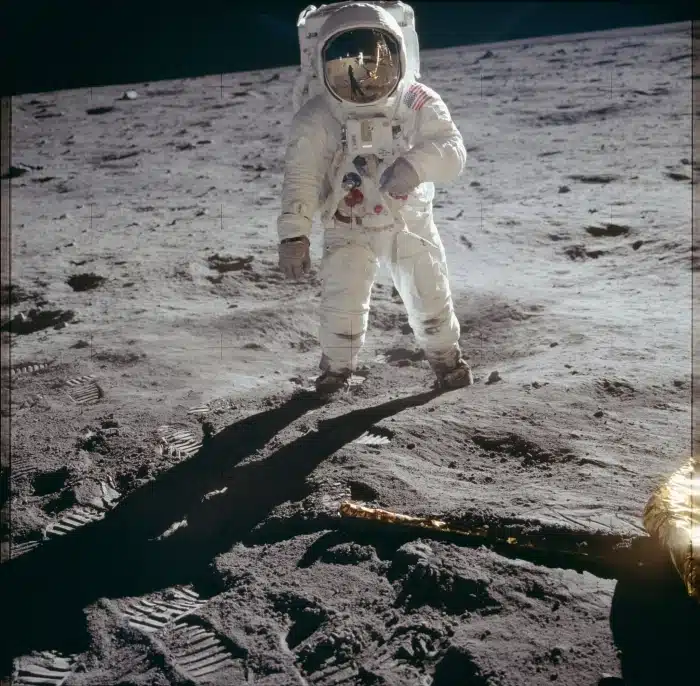
While the Apollo 11 moon landing was not faked, the iconic photograph of Buzz Aldrin on the lunar surface was carefully staged and composed to capture the historic moment.
The image features astronaut Buzz Aldrin standing on the lunar surface, with the reflection of Armstrong and the lunar module in Aldrin’s visor.
Photorealistic AI-generated Images: The Power and Pitfalls of MidJourney and DALL·E
With advancements in artificial intelligence (AI), we are seeing the emergence of tools like MidJourney and DALL·E that can create photorealistic images from textual descriptions. These tools use deep learning algorithms to generate high-quality images that can convey any scene the user desires.
For example, MidJourney allows users to input simple text-based descriptions of a scene, and the tool generates a photorealistic image based on those descriptions. DALL·E, on the other hand, can create a wide range of images, from realistic landscapes to surrealistic scenes that would be challenging to capture with a camera.
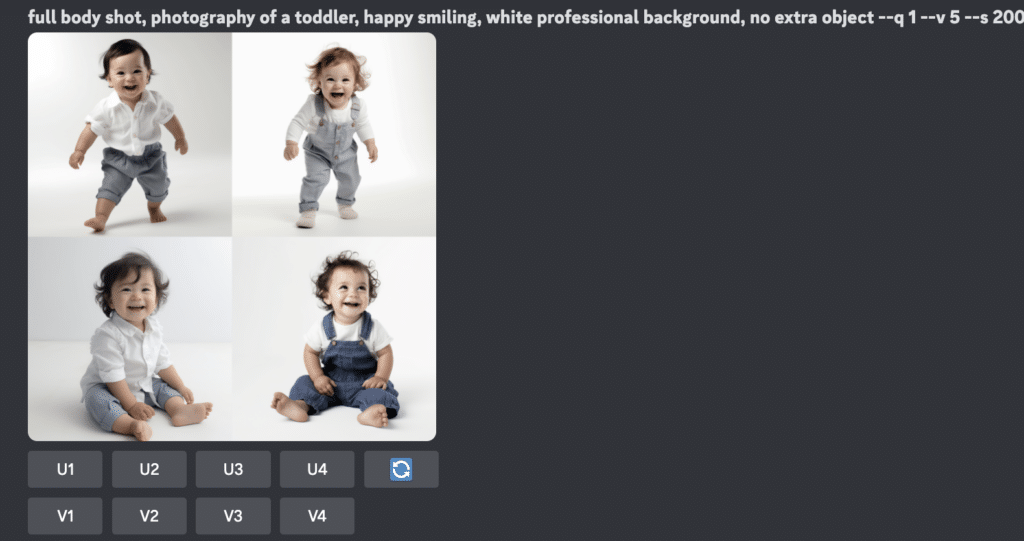
While the technology behind these tools is impressive, it also raises concerns about the potential for misuse. For instance, it is easy to imagine how these tools could be used to create fake news or propaganda. With such technology, it is becoming more difficult to distinguish between what is real and what is not.
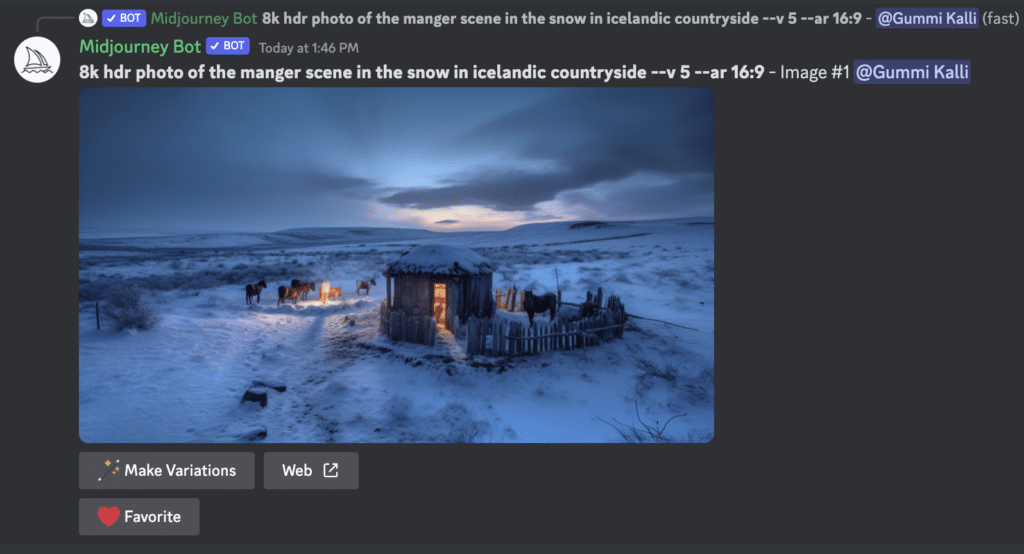
Moreover, as these tools become more widely available and more accessible, we are likely to see a surge in photorealistic images that are not real. It is a new era where a photograph cannot be trusted to be an accurate representation of reality.
How Your Smartphone is now bending reality
Marques Brownlee, in the video below, explained that smartphone cameras can now recognize scenes, adjust things, and enhance photos without the user’s knowledge or input.
These enhancements include adjusting the blue in the sky, the green in the grass, and detecting faces to keep them crisp and clear. This level of computational photography has the potential to output images that never happened in reality.
Additionally, different smartphone cameras have different biases and skills in image processing, meaning that every photo taken with a different camera will look slightly different.
As smartphones become capable of spitting out finished images that are further and further from reality, it raises the question of how much control users will have over the final product.
Photography as truth and Art
David Hockney, renowned for his exploration of the limitations of photography, has experimented with composite pictures in an attempt to create a more accurate representation of the world and human experience. He believes that traditional photography often falls short of capturing the true essence of a scene, as it presents a fixed, single-point perspective.
In the 1980s, Hockney began creating photo collages he referred to as “joiners.” These works consist of multiple photographs taken from different angles and perspectives, which are then pieced together to form a single image. The resulting composite provides a more dynamic, multifaceted view of the subject, reflecting the way humans perceive the world through continuous movement and changing viewpoints.
One of Hockney’s most famous joiners, “Pearblossom Highway” (1986), showcases this approach. The artwork is a collage of hundreds of photographs taken along a stretch of California highway, capturing the scene from various angles and distances. By combining these individual snapshots, Hockney presents a more comprehensive and immersive view of the landscape, one that reflects the complexity of human perception and experience.
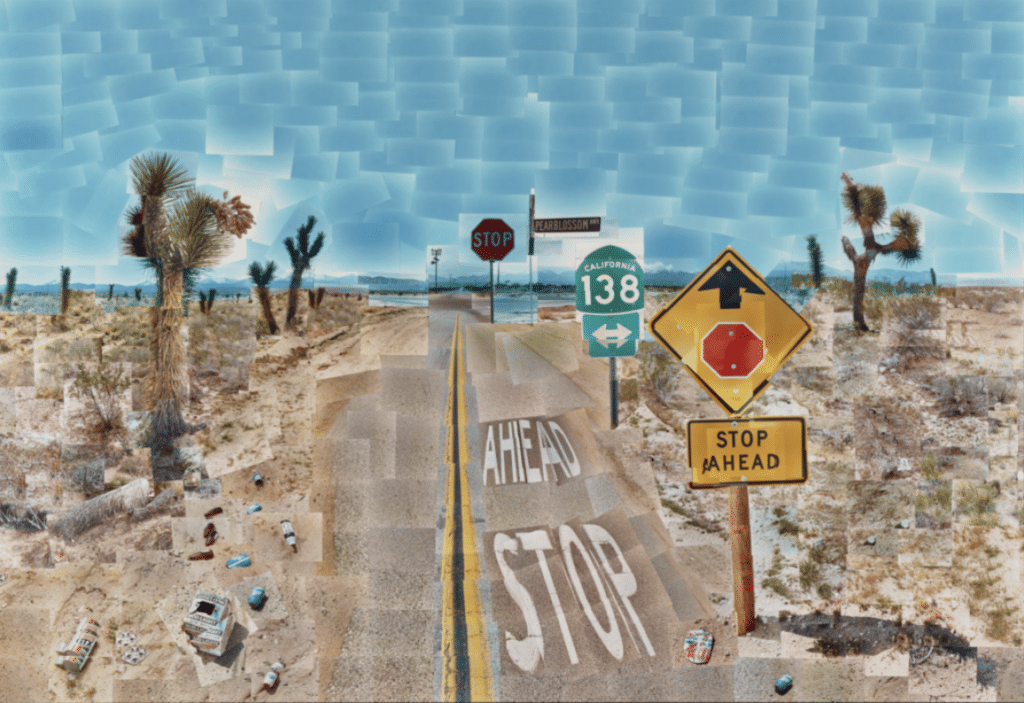
Hockney’s composite pictures serve as a compelling reminder that photography, while often seen as an objective representation of reality, can be limited in its ability to convey truth. By challenging the conventional boundaries of photographic art, Hockney demonstrates the potential for alternative approaches to capture a more accurate and authentic reflection of our experiences.
Time can’t be frozen
Photographs are often regarded as objective representations of reality. However, this couldn’t be further from the truth. By their very nature, photographs are fixed moments in time, incapable of accurately representing the fluidity and dynamism of the real world.
Time can’t be frozen, and thus, a photograph can only ever be a mediated representation of reality.
The act of taking a photograph requires the photographer to make conscious decisions about what to include and exclude from the frame. By doing so, they are inadvertently shaping the viewer’s perception of the depicted scene. This mediation introduces an element of subjectivity and bias, even in the most seemingly candid and objective images.
Moreover, photographs capture a mere fraction of a second, which is too brief to provide a comprehensive understanding of any given situation. As viewers, we are left to fill in the gaps with our own assumptions and preconceived notions, often leading to distorted interpretations of the events or subjects being portrayed. The stillness of a photograph denies us the opportunity to witness the myriad complexities that unfold over time in real life.
Bokah is a distortion of reality
Bokeh is a term in photography that refers to the aesthetic quality of the blur produced in the out-of-focus parts of an image produced by a lens. This is different from the blur that results from subject movement or a low shutter speed, because bokeh specifically relates to the out-of-focus areas, and not the focused subject.
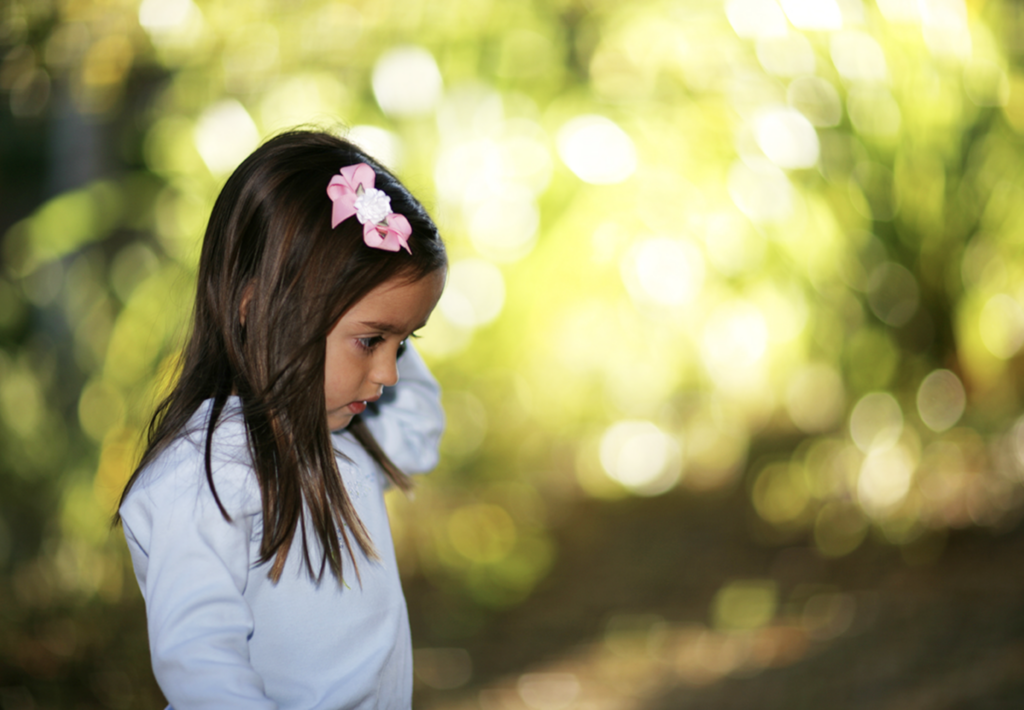
Bokeh can be described as “light disk” or “blurry” qualities that are good, bad, or indifferent, depending on the specific requirements of the image and the photographer’s personal taste. It is often most visible around small background highlights, such as specular reflections and light sources, which is why it is often associated with such areas.
The term comes from the Japanese word boke (暈け or ボケ), which means “blur” or “haze”, or boke-aji, the “blur quality”. The Japanese term boke is also used in the sense of a mental haze or senility. The term bokashi (暈かし) is related, meaning intentional blurring or gradation.
The shape and amount of bokeh is determined by the lens characteristics and aperture shape. Different lens bokeh produces different aesthetic qualities in out-of-focus backgrounds, which are often used to reduce distractions and emphasize the primary subject.
Photography, by nature, is a distortion of reality, capturing a three-dimensional world into a two-dimensional plane. Bokeh is a particular kind of distortion, specifically related to the depth of field and how the lens renders out-of-focus points of light.
In real life, our eyes naturally adjust focus depending on where we direct our attention. In contrast, a photograph is static; the focus is fixed at the time the photograph is taken. That means that anything not in the plane of focus gets blurred. This blur is what we call bokeh.
Bokeh is an intentional effect that photographers use to create a particular aesthetic or mood. By adjusting the aperture of the lens and controlling the depth of field, photographers can make the background of the image softer and less detailed, while keeping the main subject sharp. This not only draws more attention to the main subject, but it also adds an artistic and often dreamlike quality to the image, which may not represent the scene as it appeared to the naked eye.
This can be considered a distortion of reality in the sense that it manipulates the viewer’s perception of depth and detail in a scene. However, it’s also worth noting that our own vision does not capture everything in perfect detail. Just like a lens, our eyes also have a “depth of field” where objects outside of our direct focus appear less sharp. So in a way, bokeh in photography could also be seen as mimicking this aspect of human vision.
Conclusion
The art of deception in photography has been present since the medium’s inception.
However, we often forget that the photographs we take do not necessarily represent reality accurately. Our eyes perceive the world in a very different way than cameras do.
One reason for this is that cameras capture images in two dimensions, while our eyes perceive the world in three dimensions. In other words, the photographs we take are flat representations of a 3D world. While this may not seem like a big deal, it can have significant implications for how we perceive the world around us.
Moreover, our eyes perceive the world differently than cameras because we have two eyes that work together to create a sense of depth perception. This allows us to see the world in three dimensions and perceive distance accurately. Cameras, on the other hand, do not have this ability, and so the photographs they take lack the depth and perspective we see with our eyes.
Additionally, the way cameras capture colors and light is also different from the way our eyes perceive them. Cameras have a limited dynamic range, which means they cannot capture the full range of colors and light that our eyes can see.
While photographs are an excellent way to capture and preserve memories, they do not necessarily represent reality accurately. The way cameras capture images is very different from the way our eyes perceive the world, and as such, the photographs we take are flat representations of a 3D world.
It is essential to remember this when looking at photographs and to understand that they are not always an accurate reflection of reality.
The 10 famous staged images explored in this article serve as a reminder that photography is not always an accurate representation of reality.
With the advent of AI and increasingly sophisticated image manipulation tools, the line between truth and fabrication is becoming even more blurred. It is crucial for society to understand the potential for deception in the photographic medium, both in its historical context and in the present digital age.
As we continue to rely on photographs to convey information, document events, and share our lives, being aware of the potential for manipulation and maintaining a critical eye is more important than ever.
Leave a Reply